Don’t fight the war on AdWords. You can win with offline advertising too.
Startups have always found Google AdWords to be the best medium to start acquiring customers. The advantages are obvious. It’s measurable, the absolute cost of experimentation is low and leads to immediate sales. These make it a favorite for customer acquisition.
But, is it really that simple? We are increasingly seeing brands failing to get the desired result from AdWords. The limited inventory that online search advertising offers makes it a crowded space. Even a layman will tell you that if your ad is not in the top 3, chances of you being noticed are minimal. So practically, if there are more than 3 brands vying for the same keyword, chances of AdWords not being effective for the 4th guy are quite high.
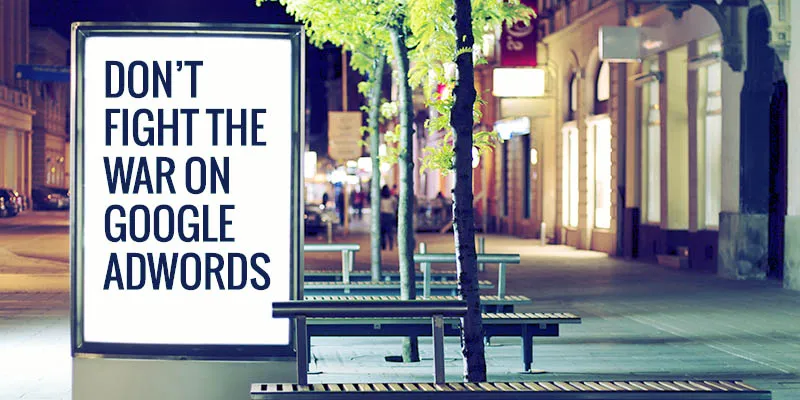
Is it the end of tunnel or is there light?
There are ways to tackle this problem. The advertising approach needs to change from only keyword search targeting to brand searches. Startups need to start thinking on the line of direct traffic and brand searches which in turn is enabled through performance oriented offline marketing.
Sequence of efforts
You need to have a multi-pronged approach that starts with SEM, understand the keywords being searched for, do strong SEO so that you don’t keep spending on AdWords, re-target customers who visit your site to reinforce your brand, ensure a great product experience so that the customer prefers your offering and comes to you directly the next time and then invest in offline advertising that results in branded searches on Google. The likelihood of a competitor taking away customers from branded searches is low.
For some reason, the psyche of a consumer is to put more trust in an ad they see offline than they saw on any digital medium. You need to capitalize on this. There are some very clear advantages to this approach.
For one, it gives you a broader canvas to explain your product better. It involves more than one of your senses as opposed to AdWords and that results in a higher likelihood of brand recall. Sure, a lot of the mass media are not contextual like AdWords and may even result in some level of wastage, which is why you need to use it along with AdWords, and not instead of.
Related read: 10 crucial questions about social media and content marketing for startups
The section below gives some idea of how offline media options are being utilized by startups to reach out to their target groups. These examples are based on experience The Media Ant had working with various startups.
Target Group: IT Professionals
Media options:
- Radio- High percentage of radio listening happens during commute to office. With the right selection of radio channels and time of ad playing, brands can reach out to this TG for as low as Rs 30,000 per week at cost per reach (CPR) of 15 paise
- IT Park advertising- Complete attention of a captive TG with an investment level starting at Rs 20,000 per month
- Hoardings- Strategically chosen, this medium can act as strong tool for repeated reach to the TG
- Bus Advertising- A typical bus commuter, spends on an average 45 minutes traveling. If you pick only the AC buses in certain routes (IT corridors), the wastage can be minimized.
Target Group: Homemakers
Media options:
- Radio- Afternoon listening skew high towards homemakers and costing is also lesser as compared to the prime time. The cost per reach can be as low as 10 paise and a threshold investment of Rs 25,000
- Gas Bills- Reach out to the TG right inside their house and in right context. Cost per reach at Re 1
- Apartment Advertising- Slightly affluent homemakers can be reached using very innovative methods at cost as low as Rs 2,000 per residential complex
- SMS targeting- Homemakers tend to be more active on their phones during certain hours of the day. This behavior coupled with monthly phone bill and gender, can be used to reach out to homemakers. Cost per reach around Re 1
Target Group: HNIs
Media options:
- Airline- On an average an airline traveler spends more than 2 hours in the flight and at the airport. There are multiple touch points to reach this TG at Cost per reach as low as 10 paise
- Golf Course- Reach out to who’s who of the society by advertising inside the Golf Courses. Media options start for Rs 30,000
- Newspaper Inserts- Newspaper inserts for select households and areas. Brands have exploited this medium using innovative creatives, jackets and holders.
- Cabs- Airport cabs and other AC cabs have a high index to high income populace. Media options start at Rs 3,000 per month.
Target Group: Families with income level mid and high
Media options:
- McDonald and other eateries- Reach out to the family through more than 10 branding options available inside eateries like McD, Dominos and Nirulas of the world. Can be limited to a very small geography with cost as low as Rs 20,000
- Movies- Options are available for advertising inside cinema theaters and on the screens. Can be targeted to a limited geography and provides a lot of creative freedom. Options start at Rs 3,000 per month
- Malls- With disposable income increasing, families are spending more and more time in malls. This provide advertisers with multiple touch points at very low cost per reach
Target Group: Travelers
Media Options:
- SMS Targeting- Through intelligent use of filters, SMS can be sent people who are frequent travelers. One of the filter most commonly used is people who are on roaming. Cost per reach of about Re 1
- Metro trains- An advertiser looking to target a city traveler, metro train especially in Delhi, Mumbai and Kolkata provides a huge reach and multiple options. Cost per reach is as low as 25 paise
- Business Hotel- Business hotels can be a great location to reach out to a traveler. Advertisement on the TV screens installed at the reception counter starts at Rs 100 per day
Measurement of branding efforts
The biggest issue offline companies face with branding is that of attribution. If they do multiple branding and sales related activities in the same time period, they don’t know which activity resulted in a sales spike. They don’t have access to analytics data that online companies do. If you’re an online start-up, and I’m guessing most start-ups are online, you have access to a lot of data that can be used to measure the impact of branding. For starters, you have access to the sources of traffic (direct vs branded search vs generic search). If either direct or branded searches go up, it’s a good assumption to attribute that to your branding activities. Sales spikes over and above AdWordscan be attributed to branding and product optimization activities. The conversion rate of branded searches and direct traffic is also usually higher than that of SEM traffic.
Conclusion
Our only submission is, don’t fight a war on Google. Do something that takes away your customer from Google – simply because your competitor is there too. Create an asset that yields results instead of just spending invaluable start-up money on bidding for customers. That asset is a brand, a positioning for your offering. Let AdWords be one of the weapons in the arsenal, not the only one.
About the guest author:
The Media Ant is an online platform for information, planning and buying of offline media. It has helped over 200 startups over the last 2 years with their branding and sales efforts.
There are well over 5000 media and over 75000 touch points available on the site. If you look carefully, you may find many targeted media, some contextual and a plethora of branding options that will comfortably fit your budget.






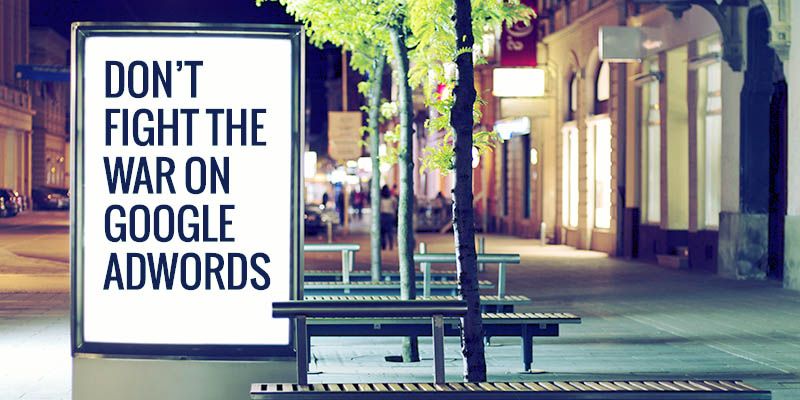
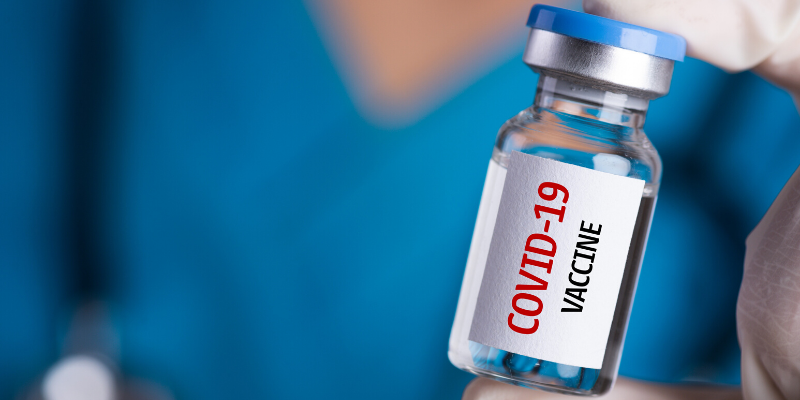
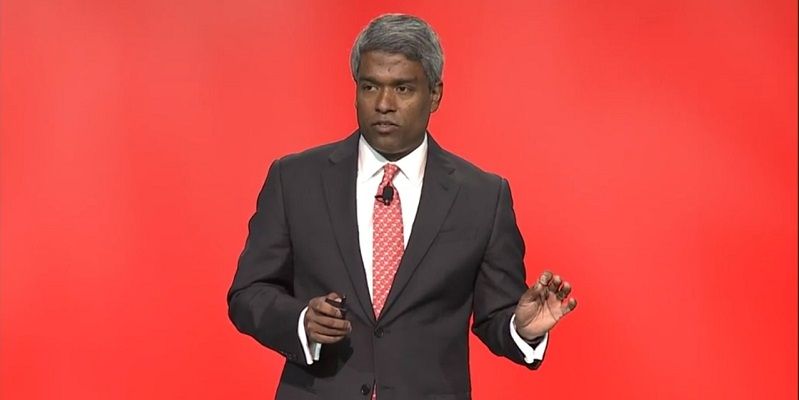
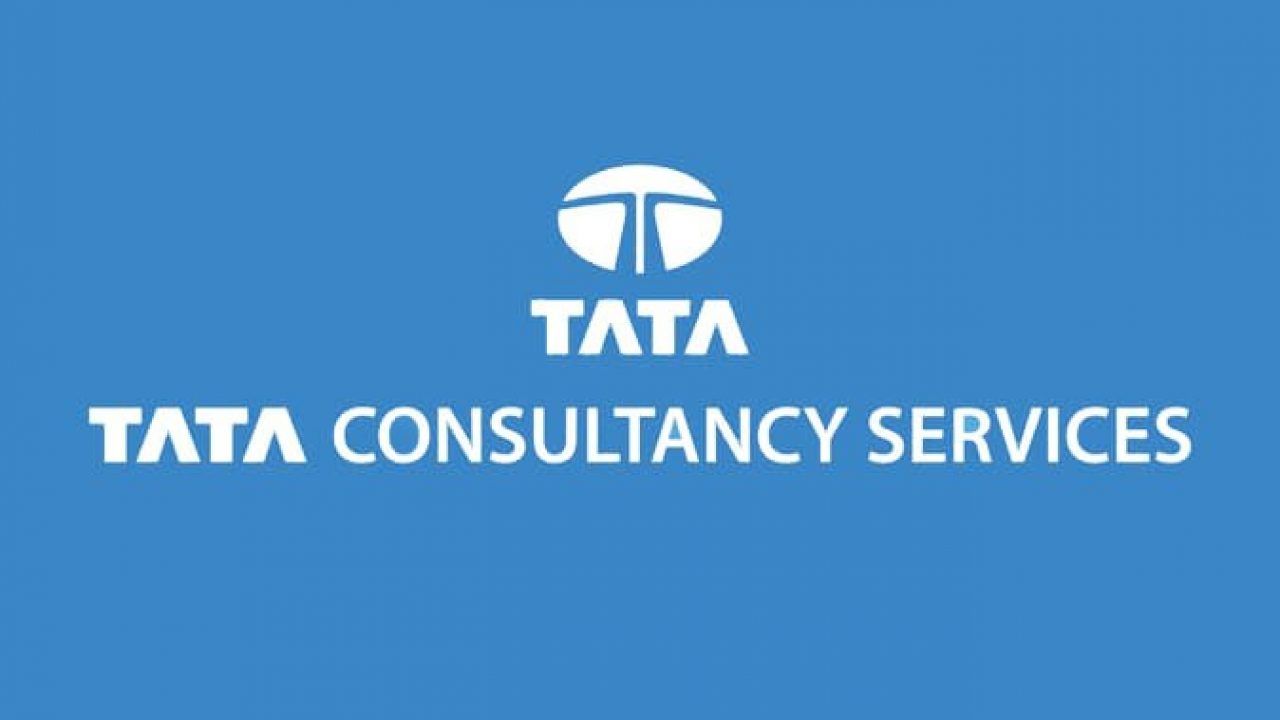
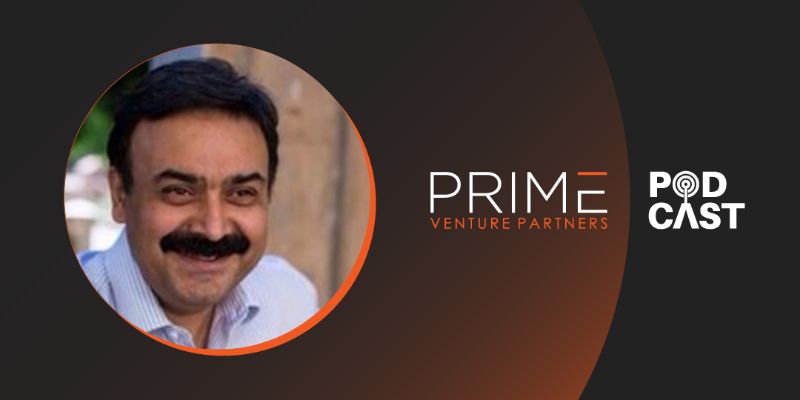
![[App Fridays] Amazon Academy heats up edtech's test prep segment; hits half a million downloads in beta](https://images.yourstory.com/cs/2/dc9aa1302d6c11e9aa979329348d4c3e/Amazonacademy-01-1604497983228.png)